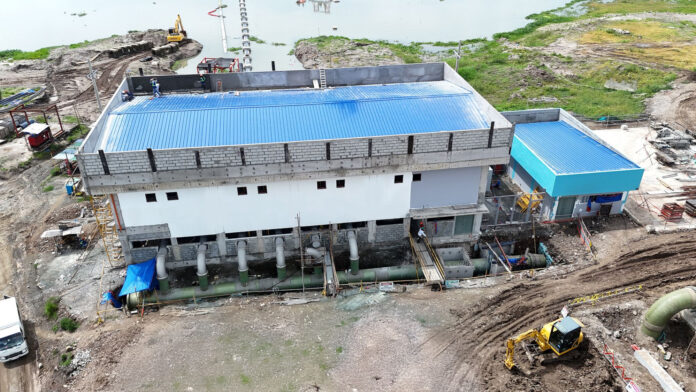The Philippine cement industry has not suffered substantial injury from imports, according to evidence presented by cement importers at a Tariff Commission (TC) hearing Wednesday. Importers argued that local producers continue to dominate the market and exhibit resilience amid modest foreign competition.
Industry data cited during the safeguard investigation showed that domestic manufacturers supplied approximately 81 percent of the country’s total cement demand from 2019 to 2024.
The commission classified this 81 percent share as a “dominant market position” based on volumes of Type 1, Type 1P, and Type 1T cement.
Cement importers echoed this assessment, with internal estimates showing that local producers, both members and non-members of the Cement Manufacturers’ Association of the Philippines (CeMAP), continued to command at least 80 percent of the market as of 2024.
While CeMAP’s share saw some rebalancing, non-CeMAP players expanded their foothold from 27 percent in 2019 to 32 percent in 2024, further challenging the notion of widespread damage from imports, importers alleged.
Based on the summary of proceedings from Wednesday’s hearing, “a binary view of domestic vs imports may lead to erroneous conclusions.”
The summary emphasized that the financial performance of domestic players varies significantly, with several firms showing clear competitiveness and growth.
Moreover, own-company disclosures suggest that factors beyond import pressures, such as internal cost structures, operational decisions, and market dynamics, have played a larger role in shaping financial outcomes for some firms.
Importers claim that despite assertions of injury, the Philippine cement sector remains one of the most regulated and protected industries.
Non-tariff measures include mandatory Department of Trade and Industry (DTI) audits of importers and exporters, pre- and post-shipment testing to ensure compliance with Philippine National Standards (PNS), tax incentives for investments, and support under the Tatak Pinoy Act.
The prevailing foreign exchange environment also serves as an implicit protective factor for local production.
On the tariff side, the sector has benefited from several layers of protection, including safeguard duties imposed from 2001 to 2004 and again from 2019 to 2022, anti-dumping duties introduced in 2023, and a provisional safeguard duty of P400 per metric ton that remains in effect pending the outcome of the ongoing review. Othel V. Campos
An application for interim review of the anti-dumping duties is also under consideration.







